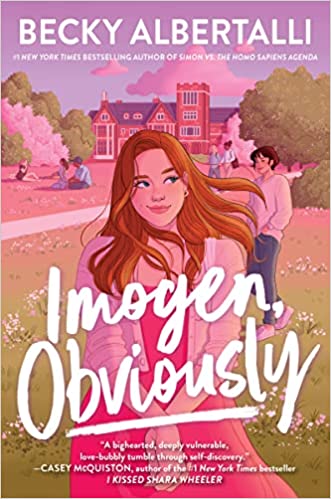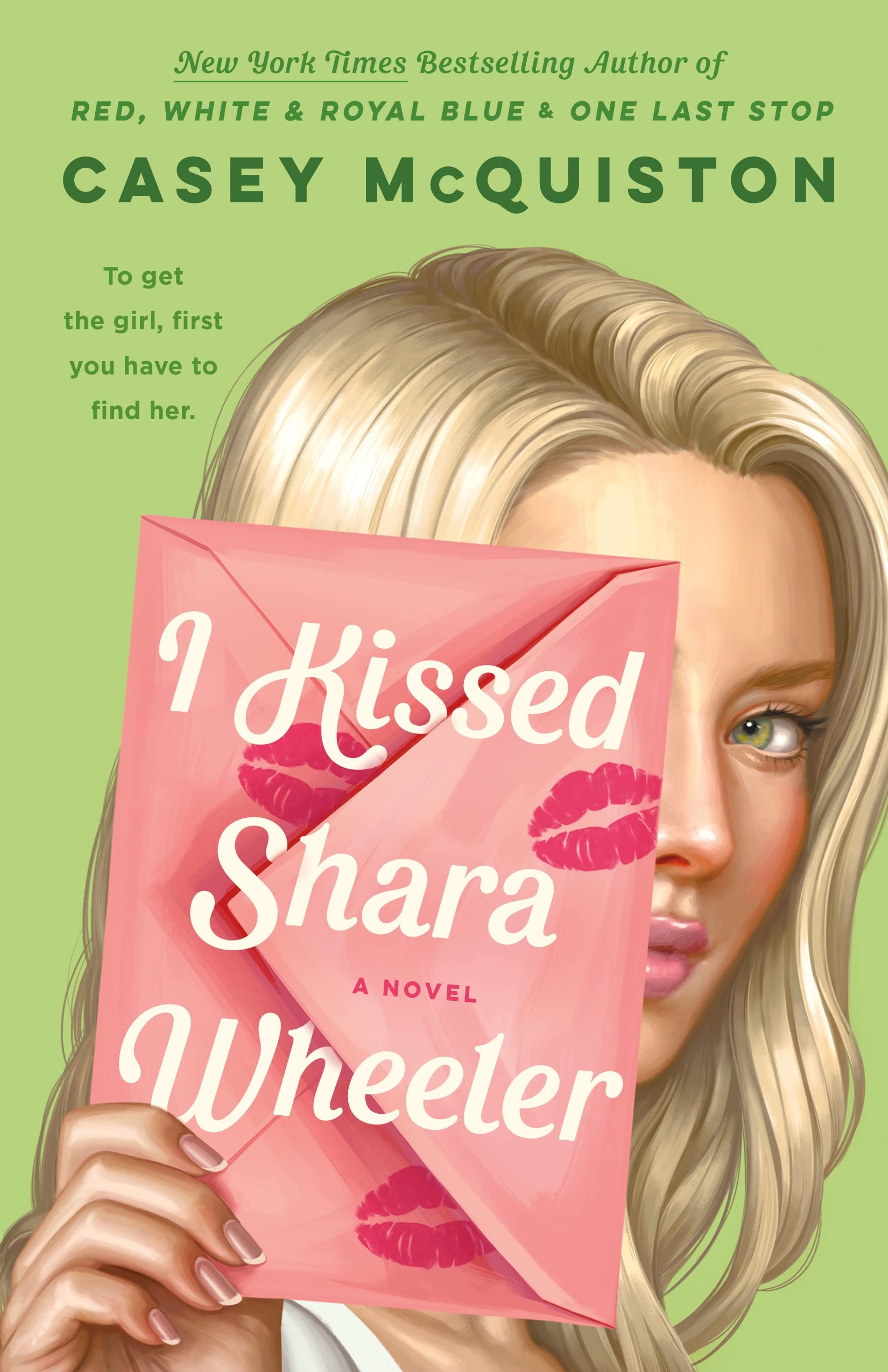Amazon Affiliate Link | Bookshop.org Affiliate Link Now that I’m twice the age of many of the protagonists in Young Adult books, I have a different relationship with them. I still read YA, but I find myself feeling protective of the main characters instead of relating to them. Nothing exemplified that shift more than readingRead More
A Wholesome and Messy Queer Romcom: Wild Things by Laura Kay
Amazon Affiliate Link | Bookshop.org Affiliate Link Laura Kay could teach a masterclass on the low-key, wholesome, slightly messy queer rom com, as exemplified in her third novel, Wild Things. El is stuck in a rut, both personally and professionally. Still in her dead-end job at a London newspaper, she spends most of the workdayRead More
Maggie reviews Galaxy: The Prettiest Star by Jadzia Axelrod
Amazon Affiliate Link | Bookshop.org Affiliate Link In Galaxy: The Prettiest Star, Taylor has a life-threatening secret. She is the Galaxy-Crowned, an alien princess hiding on Earth from the invaders that destroyed her home as a baby. Taylor’s guardian fled with her and two others to Earth, disguising themselves not only as humans, but alsoRead More
Danika reviews I Kissed Shara Wheeler by Casey McQuiston
Amazon Affiliate Link | Bookshop.org Affiliate Link Chloe Green and Shara Wheeler have been academic rivals since Chloe arrived in this Christian small town high school with its suffocating rules and homophobic culture. But at prom, as the fight for valedictorian is almost at a close, Shara kisses Chloe and disappears. She soon realizes SharaRead More
Carolina reviews The Unraveling of Cassidy Holmes by Elissa R. Sloan
I’m ashamed to admit I have always preferred boy bands to girl groups. I was a massive One Direction fan back in the day, and still have so much love for each of the boys (especially Harry <3). However, despite my unfamiliarity with the girl group/pop genre as a whole, when I saw The UnravelingRead More



